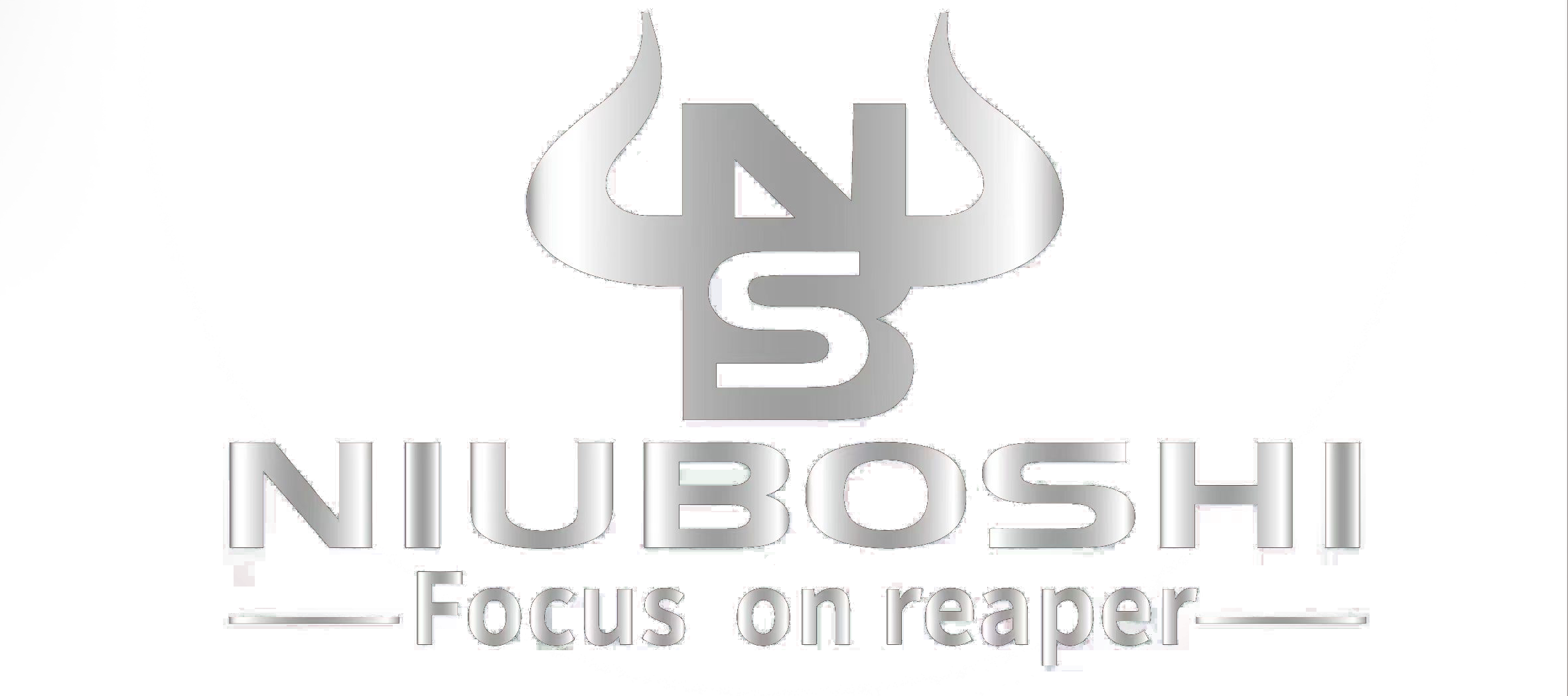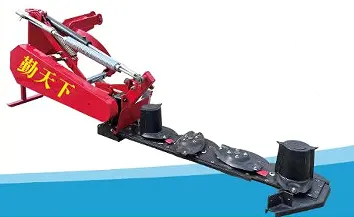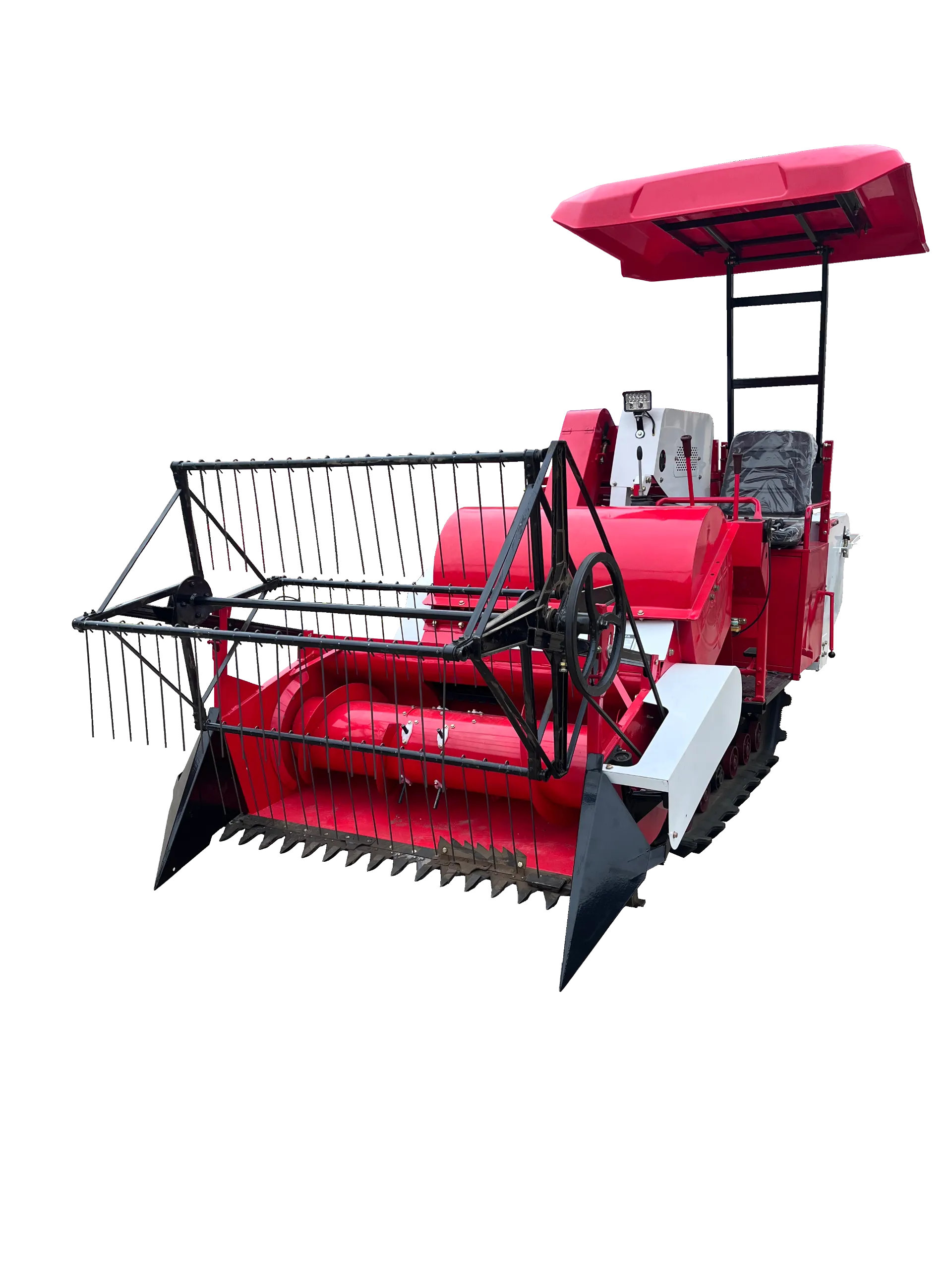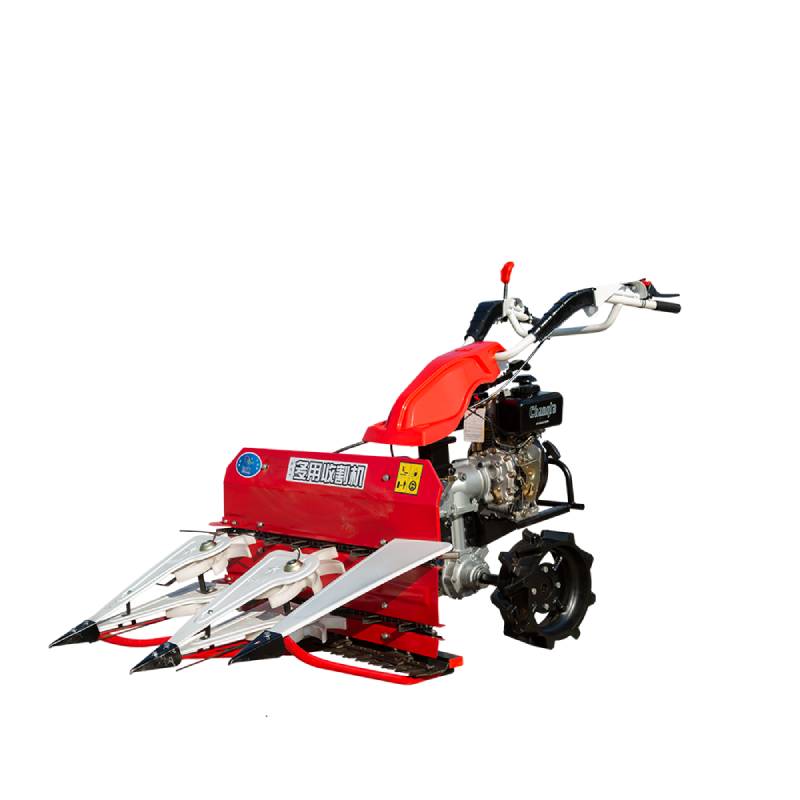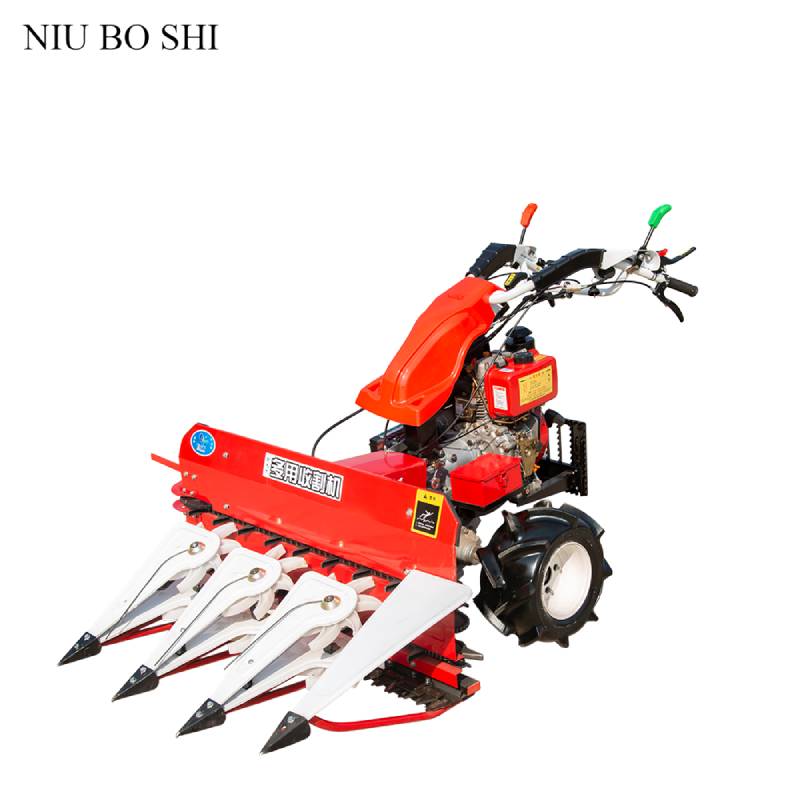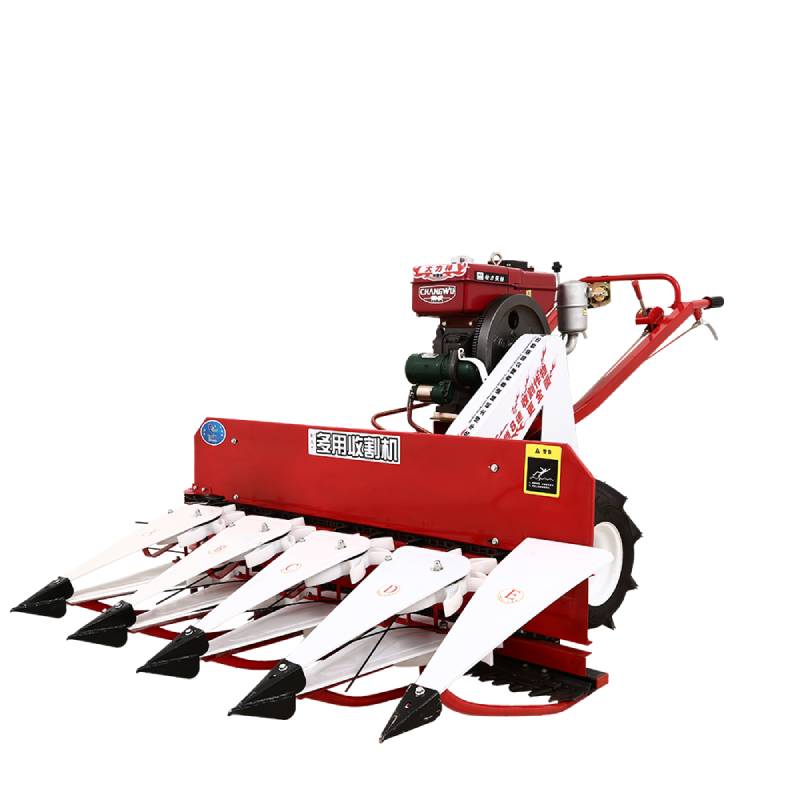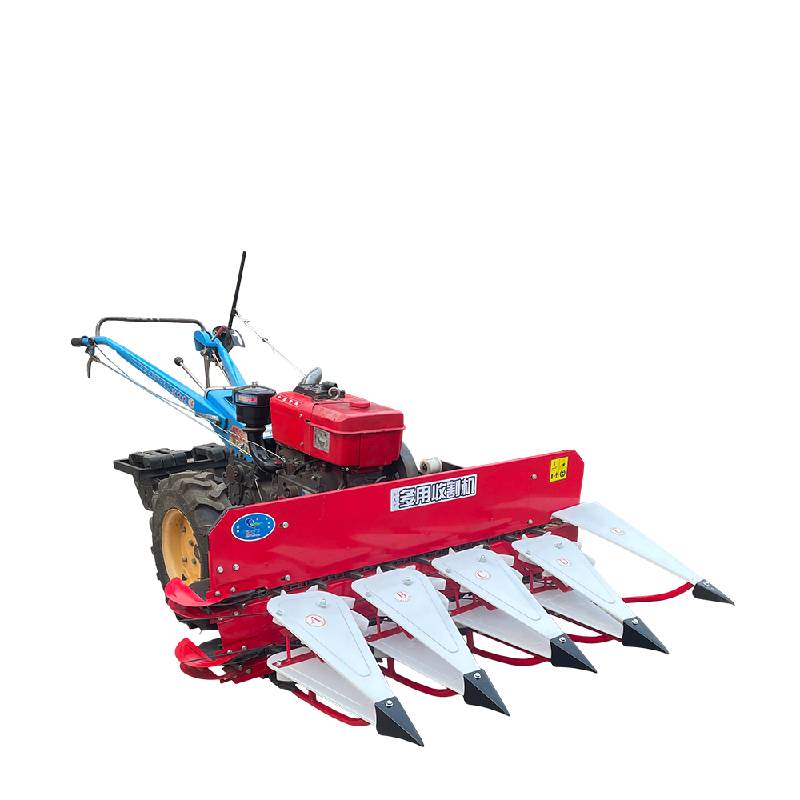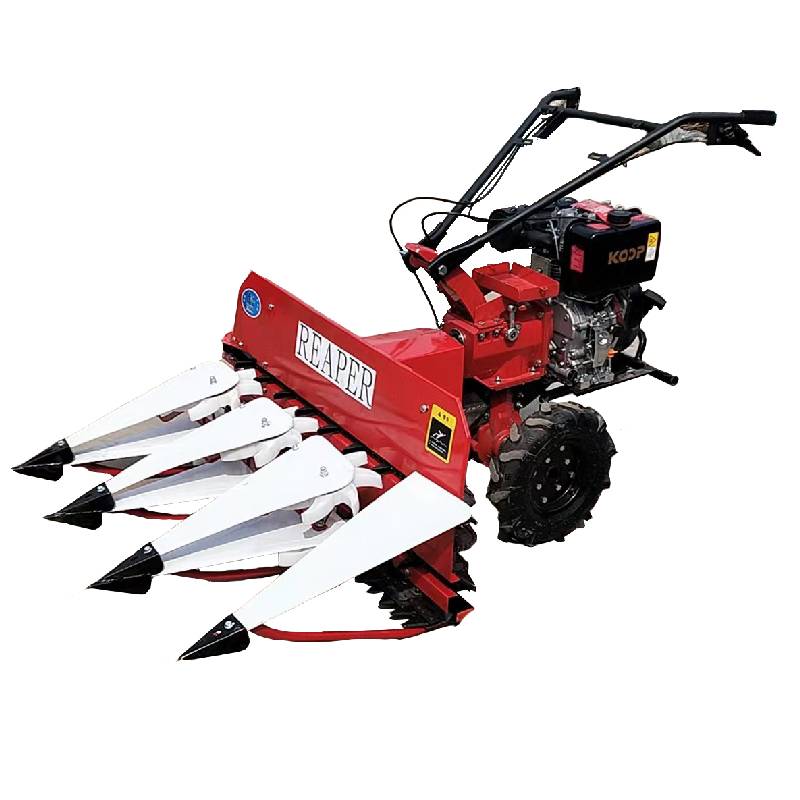AI-Powered Reaper Machine w/ GPT-4 Turbo Tech | Boost Yield
In recent years, the demand for advanced harvesting equipment, especially the reaper machine, has soared due to labor shortages and the push for greater agricultural efficiency. The evolution of reaper machine technology is transforming farming practices globally, particularly in rice, wheat, and multi-crop harvesting.
This comprehensive guide covers key industrial trends, technical parameters, a deep dive into the manufacturing processes, industry certifications, and performance benchmarking for both conventional rice reaper machines and cutting-edge solutions such as the Trailbreaker reaper. Whether exploring hand reaper machine options for small-scale farms or seeking a cost-benefit analysis (reaper machine cost) on industrial farm reaper machinery, this guide will serve as a go-to reference for operational excellence and procurement decisions.

1. Industry Trends Driving Reaper Machine Innovation
- Labor Optimization: 2023 saw an 18% drop in manual harvesting labor across Southeast Asia, accelerating mechanization.
- Technological Convergence: Smart sensors, precision GPS, and IoT telematics are integrated into rice and farm reaper machines for real-time crop assessment and machine diagnostics.
- Eco-Friendliness: Focus on fuel-efficient and electric models, with leading manufacturers offering up to 40% emission reductions in new series.
- Customization: OEM/ODM reaper machines for niche crop types, field terrain, and regional standards (ISO, ANSI, GB).
2. Reaper Machine Types & Technical Parameter Comparison
| Model | Type | Cutting Width (mm) | Engine Power (HP) | Fuel Efficiency (l/hr) | Productivity (ha/day) | Certifications | Average Cost (USD) |
|---|---|---|---|---|---|---|---|
| Mini Rice Reaper | Walk-behind | 800-1200 | 6-8 | 0.75 | 1.0-1.5 | ISO, CE | $1,500 |
| Farm Reaper Pro | Self-Propelled | 1500-2200 | 12-15 | 1.10 | 3.0-4.2 | ISO, ANSI | $4,000 |
| Hand Reaper Eco | Manual | 200-500 | N/A | – | 0.2-0.3 | GB/T, CE | $190 |
| Trailbreaker reaper | Self-Propelled (Heavy Duty) | 1900-2300 | 18-22 | 0.95 | 4.5-6.5 | ISO 9001:2015, ANSI, CE | $5,250 |
Stay competitive by selecting the right reaper machine format based on acreage, crop type (rice, wheat, etc.), land contour, and operational constraints.
3. Trailbreaker Reaper: Manufacturing Process Flow & Technical Construction
The Trailbreaker reaper is engineered for industrial-grade durability and performance, leveraging advanced manufacturing technologies and rigorous quality control. Here’s a detailed process overview:
- Material: High-strength alloy steel (Q345, 42CrMo), cold-rolled sheets; wear-resistant & anti-corrosive surface treatments.
- Process: Forging, precision CNC milling (accuracy ±0.02mm), automated robotic welding, epoxy/PU top-coat, ultrasonic flaw detection.
- Quality: 100% routine ISO 9001:2015 inspection, dimensional validation (CMM), dynamic load testing, with full compliance to ANSI/ASME standards.
- Service Life: 8,000+ field hours under ISO 4254-7 testing protocols; average 16% higher than mainstream models.
- Industries Served: Agriculture (paddy, wheat), food processing, bioenergy, municipal land management, and pilot projects in metallurgy & chemical plants (for residue removal).
Video walkthrough of Trailbreaker reaper assembly: [Watch process]
4. Trailbreaker Reaper Technical Benchmark & Performance Analysis
| Feature | Trailbreaker | Conventional Farm Reaper |
|---|---|---|
| Cutting Width (mm/inch) | 2250 mm / 88.6" | 1500 mm / 59" |
| Engine Power | 22 HP, Tier III emission | 12-15 HP |
| Productivity | 6.2 ha/day | 3.6 ha/day |
| Gradeability | Up to 18° | Up to 10° |
| Noise Level (dBA) | ≤82 | 90+ |
| Anti-Corrosion Index | ISO-9227: 9.6 | 6.2 |
| Warranty | 24 months / 1600h | 12 months / 800h |
5. Cost-Saving & Customization Paths for Your Reaper Machine
Reaper machine cost optimization is not only about the sticker price — evaluating spare parts availability, fuel efficiency, extended maintenance intervals, and expected resale value are crucial lifecycle metrics.
- Customization Options: Tailor width, drive configuration (2WD/4WD), smart monitoring modules, and header attachments for rice, wheat, or barley.
- Bulk Procurement: Up to 13% cost reduction on batch orders (5+ units); OEM branding & color schemes available by default.
- Turnkey Services: On-site commissioning, operator training, and digital parts catalog for streamlined farm management.
6. Application Cases & End User Experience
Case 1: Large-Scale Rice Harvesting in Punjab, India
- Project value: $123,000 (9 units supplied)
- Product deployed: Trailbreaker reaper (22HP)
- Results: Reduced manual labor by 79%, harvest time cut by 60%, replacement cycle extended to 4 years. No major breakdowns in the first 3300 hours of operation. Met ISO 9001 field audit with "Excellent" rating.
Case 2: Multi-Crop Farm in Thailand
- Application: Seasonal switch between rice, wheat & barley.
- Product: Customized Trailbreaker with quick-switch modules.
- Benefits: 35% lower fuel cost, minimized downtime, compatibility with GPS fleet management — referenced in Thailand Agricultural Tech Journal, Vol. 2023-12, [link](https://www.taj.or.th/articles/trailbreaker-case-study).
Case 3: Smallholder Adoption, Nigeria
- Focus: Hand reaper machine vs. entry-level walk-behind
- Feedback: Trailbreaker outperformed legacy units in clayey-soil fields, requiring 25% less maintenance, and provided robust anti-rust performance per client video testimonials.
7. Certifications, Partnerships and Technical Accreditations
- Certified to ISO 9001:2015, CE, ANSI (farm machinery safety, design, and operational standards)
- Supported by 5-year R&D partnership with China Agricultural University & Natural Resources Institute, UK
- Preferred supplier for SinoChem, AgriEdge Group (France), and Food Security Africa (NGO program)
- Reference tests: Compliant with ISO 4254-7 and ANSI B71 test protocols
8. Delivery, Warranty & Customer Support
- Delivery Cycle: 14-21 business days ex-works for standard models; 28-35 days for custom builds
- Warranty: 24-month/1600-hour full system warranty + lifetime online technical support
- Spare Parts: 48h dispatch promise for critical spares (globally)
- Support: 24/7 multilingual hotline; dedicated aftersales engineer for major clients
9. FAQ: Professional Reaper Machine Terminology Explained
10. References & Authoritative Resources
- International Journal of Agricultural Engineering, “Comparative Efficiency of Walk-Behind and Self-Propelled Reaper Machines”, [link]
- Farm Mechanization Asia & Africa, “Recent Trends in Rice Reaper Machine Adoption”, [link]
- Thailand Agricultural Tech Journal, “Precision Farming and Farm Reaper Machine Modernization”, Vol. 2023-12, [link]
- International Standard ISO 4254-7:2017 (Agricultural Machinery – Safety), [link]
- ANSI Farm Equipment Standards Directory, [link]
- “User Experiences with Hand Reaper Machines”, Farm Forum China, [link]
Latest news
-
When to Upgrade Your Old Forage HarvesterNewsJun.05,2025
-
One Forage Harvester for All Your NeedsNewsJun.05,2025
-
Mastering the Grass Reaper MachineNewsJun.05,2025
-
How Small Farms Make Full Use of Wheat ReaperNewsJun.05,2025
-
Harvesting Wheat the Easy Way: Use a Mini Tractor ReaperNewsJun.05,2025
-
Growing Demand for the Mini Tractor Reaper in AsiaNewsJun.05,2025
